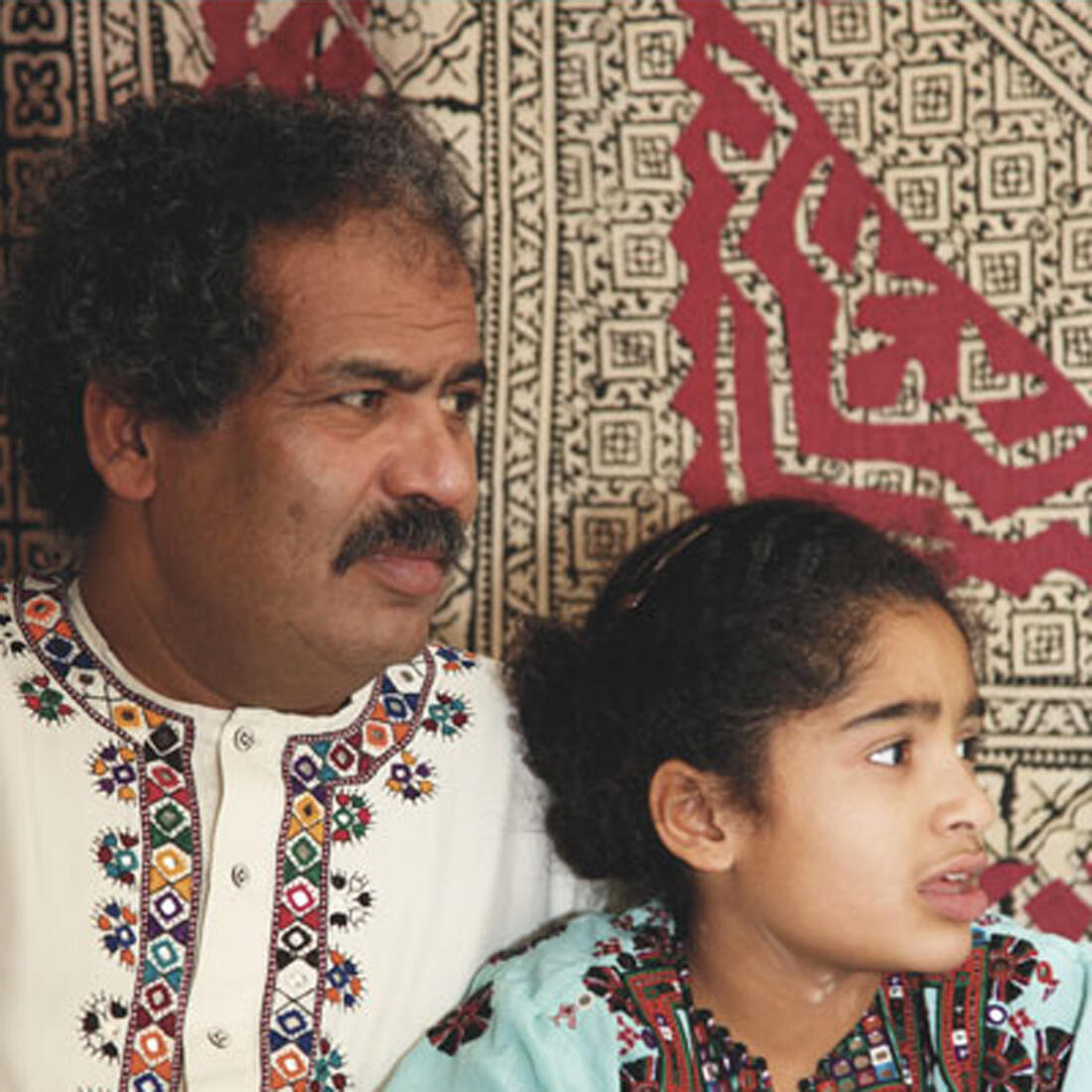The music on this album is from both sides of the border separating Pakistan (East-Balochistan)
and Iran (West-Balochistan), just south of the Afganistani (North-Balochistan) border. Featuring Abdulrahman Surizehi, the album focuses on the Rakhsani music of northern Balochistan in the Rakhsani area – a border region including parts of Iran and Pakistan and southern Afghanistan. The album is presented as 2 CD Long books with plenty of room to present the traditions of a region that is split into three countries.
We will attempt here to answer the common question: What is Balochistan and where is it?
With Abdulrahman’s great knowledge of the traditional music of Balochistan, we are presented here with a world premiere of two categories of Rakhshani music from northern Balochistan: Love songs and trance music. One CD contains love songs and the other contains trance music. Rakhshan
is a large region in Balochistan, and Rakhshani is the name for one of the two main languages
spoken here. The music often has an oldfashioned quality, improvised elements are minimalistic
and the music is characterized by repetitive patterns. There are no exact borders, however
Rakhshani is spoken in mid and Eastern Balochistan, while the other main dialect, Makorani, is more prevalent in the southern part of the region.
Also typical for Rakhshani music is the string instrument called Tamburag. In the south this instrument is primarily used for accompaniment, while in the north it carries the melody. It should be mentioned that Rakhshani music of Balochistan has never previously been released. Since the area is divided among three nation-states, no one has taken responsibility for preserving the intangible cultural heritage of Balochistan. One of the world’s best performers of Balochistan’s music and tradition is a Norwegian citizen.
and Iran (West-Balochistan), just south of the Afganistani (North-Balochistan) border. Featuring Abdulrahman Surizehi, the album focuses on the Rakhsani music of northern Balochistan in the Rakhsani area – a border region including parts of Iran and Pakistan and southern Afghanistan. The album is presented as 2 CD Long books with plenty of room to present the traditions of a region that is split into three countries.
We will attempt here to answer the common question: What is Balochistan and where is it?
With Abdulrahman’s great knowledge of the traditional music of Balochistan, we are presented here with a world premiere of two categories of Rakhshani music from northern Balochistan: Love songs and trance music. One CD contains love songs and the other contains trance music. Rakhshan
is a large region in Balochistan, and Rakhshani is the name for one of the two main languages
spoken here. The music often has an oldfashioned quality, improvised elements are minimalistic
and the music is characterized by repetitive patterns. There are no exact borders, however
Rakhshani is spoken in mid and Eastern Balochistan, while the other main dialect, Makorani, is more prevalent in the southern part of the region.
Also typical for Rakhshani music is the string instrument called Tamburag. In the south this instrument is primarily used for accompaniment, while in the north it carries the melody. It should be mentioned that Rakhshani music of Balochistan has never previously been released. Since the area is divided among three nation-states, no one has taken responsibility for preserving the intangible cultural heritage of Balochistan. One of the world’s best performers of Balochistan’s music and tradition is a Norwegian citizen.


